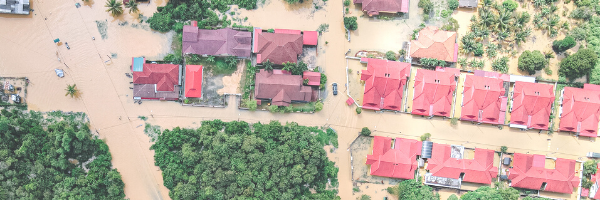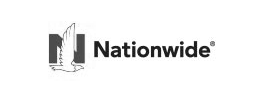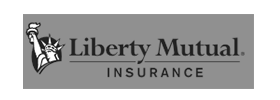
In January this year the city of San Jose voted to require gun owners to carry liability insurance and pay an annual fee. The San Jose City Council overwhelmingly approved the measure despite opposition from gun owners who said it would violate their Second Amendment rights. The gun owners promised to sue.
At issue is the question of gun owner rights, versus the rights of the citizens for reasonable protection from irresponsible, or mentally ill, gun owners.
After all, the 2nd amendment states: “A well-regulated Militia, being necessary to the security of a free State, the right of the people to keep and bear Arms, shall not be infringed”.
Gun rights opponents (and most historians) point out the phrase “well-regulated Militia “was not intended to give individual citizens the right to own assault rifles or other weapons of mass destruction (at the time of the amendment’s passing, guns were single shot muzzle loaders incapable of the dangers posed by today’s advanced weaponry). The amendment was intended to reduce the need for a standing army: the fear of democracy undone by a commander in chief wishing to crown themselves king.
The intent of the passing of the ordinance is to encourage people in the 55,000 households in San Jose who legally own at least one registered gun to have gun safes, install trigger locks and take gun safety classes, Mayor Sam Liccardo said.
Gun owners who choose not to get insurance won’t lose their guns or face any criminal charges, the mayor said.
San Jose Police Gun Removal Effort
In a parallel effort, the city’s police are also taking guns off the streets.
As of Monday night, San Jose has recorded just three homicides in 2022 — a dramatic drop in killings for the Bay Area’s biggest city. None of the homicides have involved a gun, and police believe that is due to their efforts to get guns off the streets.
“We have officers going out there every day, approximately 200 officers across three shifts. If people pay attention to our social media, they’ll see the vast amounts of firearms that are being taken off our city streets,” San Jose Police Sgt. Christian Camarillo said.
Many of the guns being seized are homemade guns without serial numbers making them nearly impossible to track.
“How do you prevent violent gun crime? By being proactive, by going out there and removing these guns off our streets before they’re able to be used in a crime, in a shooting, in a robbery,” Camarillo said.
Risk of Death by Gun
Just how pervasive is the potential for death by firearm?
| US Deaths By Firearm | |||||
| Number | Percent of Total | Change | |||
| Deaths by Firearm | 2019 | 2020 | 2019 | 2020 | |
| Suicide | 23,941 | 24,292 | 60.3% | 53.7% | 351 |
| Assault | 14,414 | 19,383 | 36.3% | 42.9% | 4,969 |
| Legal Intervention | 520 | 611 | 36.3% | 1.4% | 91 |
| Accidental Discharge | 486 | 535 | 1.2% | 1.2% | 49 |
| Undetermined | 346 | 400 | 0.9% | 0.9% | 54 |
| Total | 39,707 | 45,221 | 100.00% | 100.00% | 5,514 |
Between 2019 and 2020 the number of firearm deaths increased. The largest increase in deaths through assault.
Which begs the question: how pervasive the potential for accidental death by firearm is compared to other potential accidental causes.
| US Accidental Deaths 2019 | |
| Cause of Death | |
| Accidental Poisoning | 65,773 |
| Drug Poisoning | 62,172 |
| Opioids (Legal and Illegal) | 45,489 |
| Firearms | 39,707 |
| Motor Vehicle Accidents | 39,107 |
| Fire | 2,692 |
Of course, these numbers do not reflect the horror of school shootings or the increasing number of mass shootings (as an example, the October 2017 mass shooting in Las Vegas only killed 59 people, though 441 were injured).
Even at Sandy Hook, only 22 individuals were killed: the fact they were under the age of 10 made the act particularly horrific but wasn’t high in number of fatalities.
Gun insurance would not prevent the acts of crazed or angry gunmen. It is intended to motivate all gun owners to be attentive to the inherent dangers of firearms and the need for security in storing their firearms (as an example, the Sandy Hook shooter had ample access to an assault rifle and ammunition. Had it been securely locked, the outcome may have been far less deadly, especially to the twenty-one murdered primary school students and their teacher).
Aspen Insurance Agency is a family-run business in Denver, Colorado servicing clients nationwide. We work with multiple insurance carriers to offer our customers a wide variety of risk reduction coverage at the lowest possible cost. We offer a wide range of personal, auto insurance, commercial and professional insurance to residential and commercial insurance customers enabling the cheapest rates available. Call to speak to one of our advisors for home or business insurance and see how painless insurance shopping can be.

































































